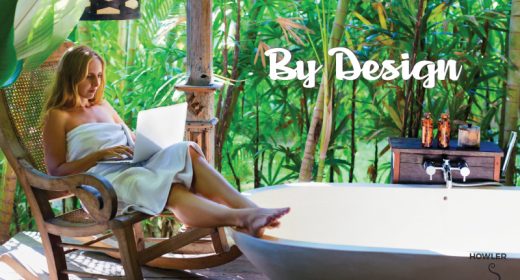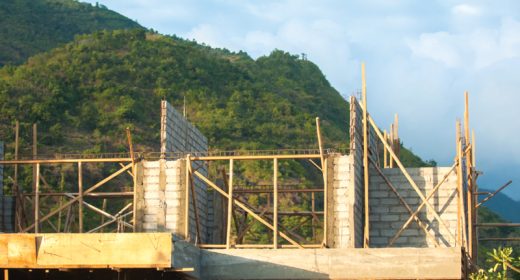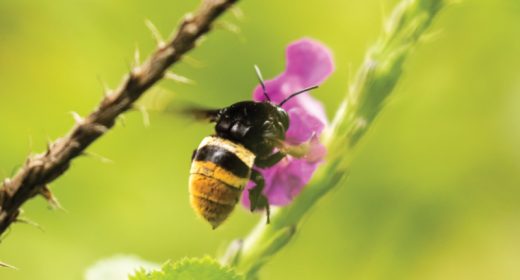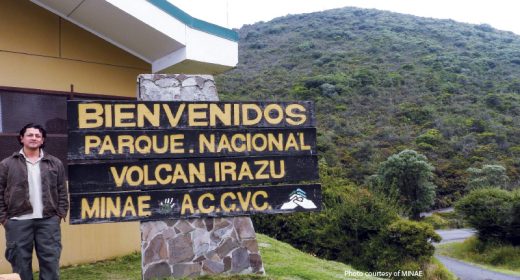
Building CR – Guanacaste Tropical Hardwoods
- AUG 03, 2017Warning: count(): Parameter must be an array or an object that implements Countable in /home/howlermag/public_html/old/wp-content/themes/new-paper/includes/general.php on line 193

Your Lead Paragrpah goes here
[vc_row full_width=”full_width”][vc_column][vc_column_text]In Costa Rica, and Guanacaste in particular, we are blessed with an abundance of local, sustainably grown hardwoods that can add a tropical touch to any home or building project. Custom furniture, handmade doors, cabinets and windows made with these hardwoods provide sturdy, long lasting quality and a beautiful appearance. It can turn your home into something truly unique.
The moon phase, and even the tide, play a vital role in determining when wood should be cut. The moon affects gravity’s pull on liquid masses, as can be seen with ocean tides. This is also true for trees and their liquids, which we know as sap. Ever try to cut a banana stalk on a full moon at high tide? A gushing stream of water will come out. However, make the same cut at low tide on a waning moon, and you will find much less water.
A full moon and high tide generally mean more sap inside a tree. Just as the moon is pulling the ocean water to a maximum at high tide, it is also pulling the sap from the roots up into the tree itself. When it comes to lumber, you don’t want sap in the wood. Consider sap to be a sweet, delicious nectar to our biggest wood adversary, the termite! Always cut lumber trees down at low tide on a waning moon to avoid termite and bug issues.[/vc_column_text][/vc_column][/vc_row][vc_row full_width=”full_width”][vc_column width=”2/3″][vc_column_text]Pachote, also known as Pachira quinata, is a common plantation grown hardwood. These trees can normally be found on hillsides and grow well in mountainous terrain. Their bark can be distinguished by large, stubby thorns. The red, pink and white colored wood is beautiful in furniture, doors, windows and cabinets. Be careful, however, with the use of common steel nails and screws, as this wood NEVER fully dries without the help of a kiln!
Teak, also known as Tectona grandis, is another commonly grown plantation hardwood. These trees are commonly grown on flat areas and planted in rows. Teak wood is valued in world markets because of its beautiful color, ranging in tones from yellow, gold, white and brown, and its durability and water resistance. If cut at the right time, teak is also one of the most termite-resistant woods available. Teak is great for use in construction applications such as rafters, beams, ceilings and floors. It’s also beautiful in windows, doors, cabinets and custom furniture. Teak is very affordable in Costa Rica compared to the rest of the world, making its use in homes a great bang for the buck!
Spanish cedar, or Cedrela odorata, is a tropical hardwood found in forests and plantations. It’s always found naturally on well drained soils, and can tolerate long dry spells. It cannot tolerate excessive rains; thus, you won’t normally find it on flatlands here in Guanacaste. This wood is naturally termite and rot-resistant, and its red and pink hues make great cabinets and doors.
Gmelina, or Gmelina arborea, is also known throughout the world as beechwood or white teak. It’s an affordable, plantation grown wood that tends to grow very fast in well drained soils. The wood itself is lightweight, stable and durable. Its color is a standard grain white/brown similar to pine; however, it can take any colored stain and finish. Gmelina ranges from very tolerant to semi-tolerant to insect and termite infestations, depending on the cutting, drying and curing process. In general, this wood does not have the most beautiful colors, but is a good quality and affordable wood for construction and furniture use.
Guanacaste, also known as Enterolobium cyclocarpum, is a staple tree in our Guanacaste ranchland surroundings, and is also the national tree of Costa Rica! Guanacaste is a beautiful hardwood. Its dark brown/black colors are very similar to that of cocobolo; however, guanacaste is much more common and legally obtainable. It’s illegal to cut guanacaste without permits, and it is not plantation grown. Therefore it’s the least “green” of all the woods on this list. However, its appearance is stunning. Guanacaste’s natural color and grain make this wood high in demand for furniture making the world over. If you can obtain it the legal, permitted way – I would recommend its use in cabinets, wood trim and even ceilings.
There is no better way to bring the Costa Rican tropical touch into your home than to use the hardwoods grown in the very soil surrounding us. A blend of these woods in a home can make it a true Costa Rican masterpiece. Be careful however, as each wood has its own construction use, application and form. Anything less than the proper way can mean termite food instead![/vc_column_text][/vc_column][vc_column width=”1/3″][vc_gallery type=”image_grid” images=”3272″ img_size=”full”][/vc_column][/vc_row][vc_row full_width=”full_width”][vc_column width=”1/3″][vc_gallery type=”image_grid” img_size=”full”][/vc_column][vc_column width=”2/3″][vc_column_text]I am text block. Click edit button to change this text. Lorem ipsum dolor sit amet, consectetur adipiscing elit. Ut elit tellus, luctus nec ullamcorper mattis, pulvinar dapibus leo.[/vc_column_text][/vc_column][/vc_row]









